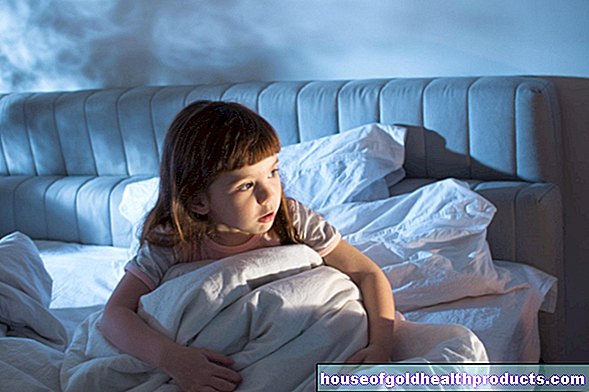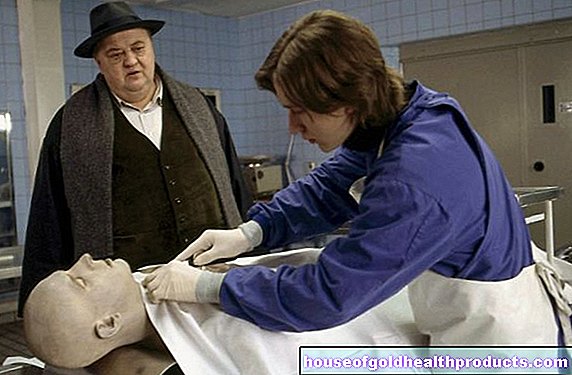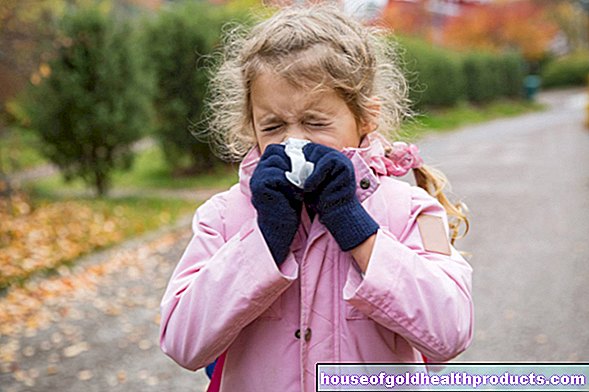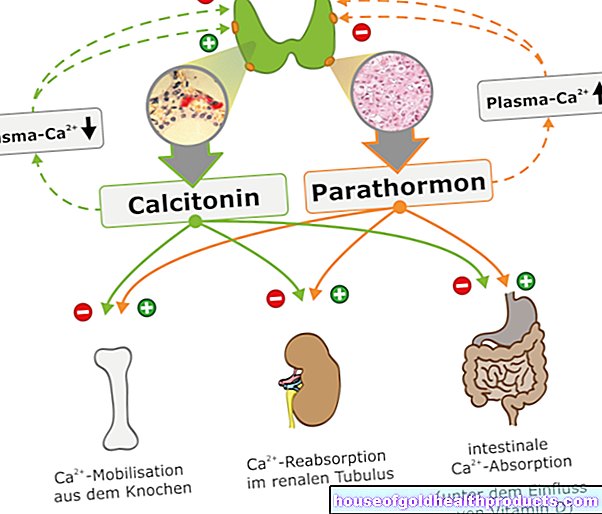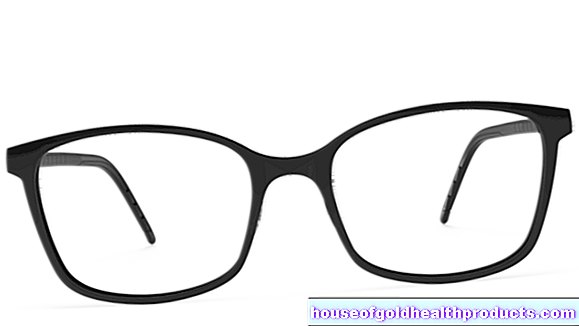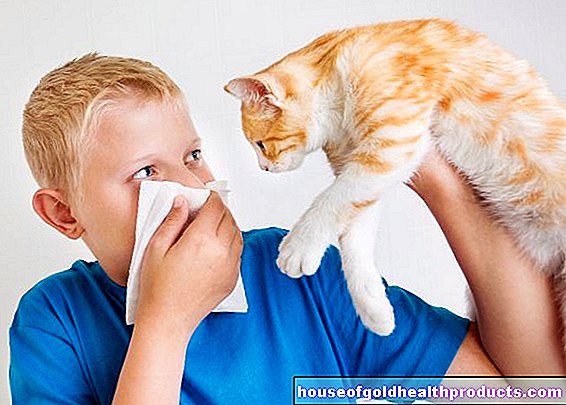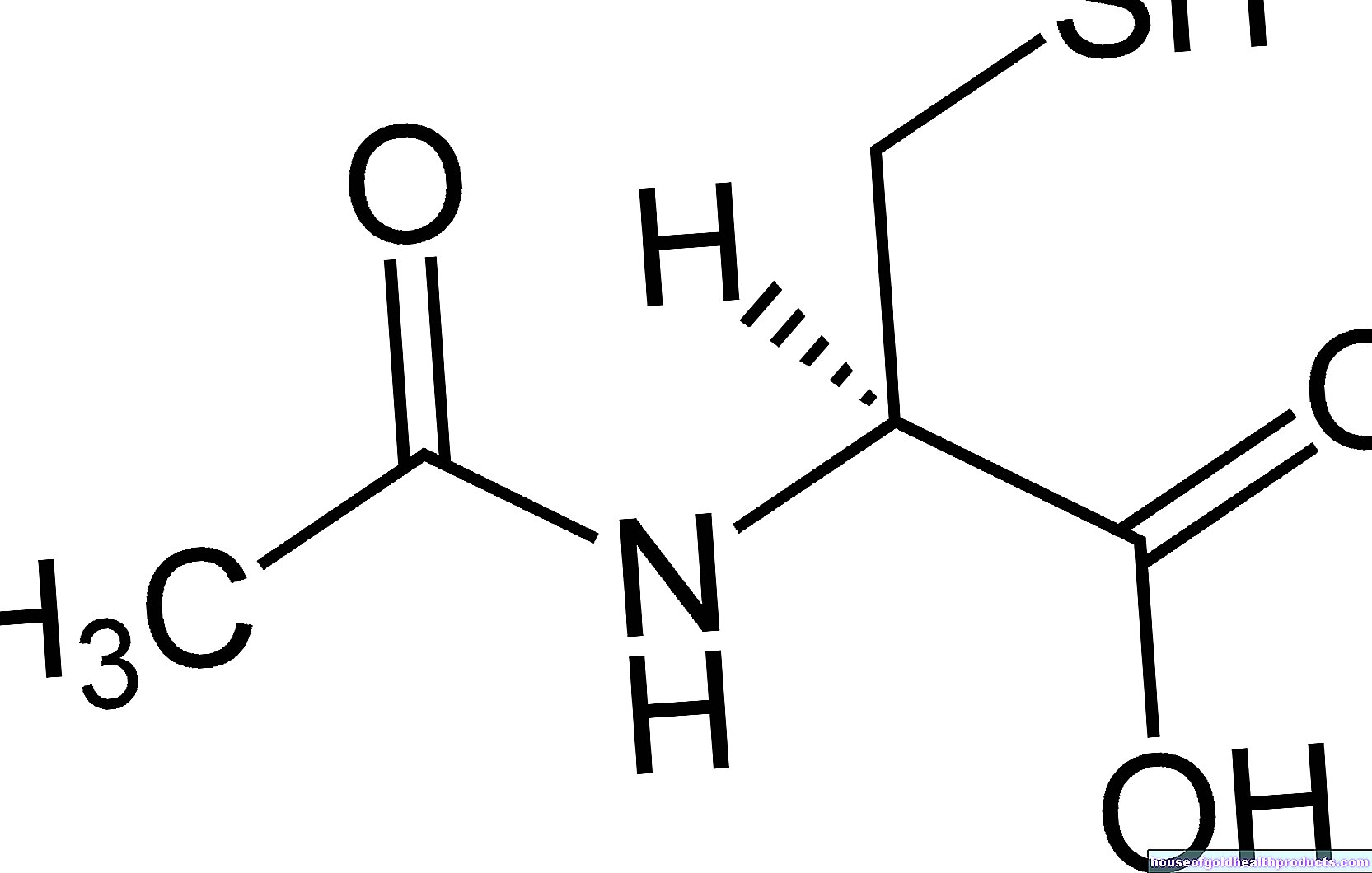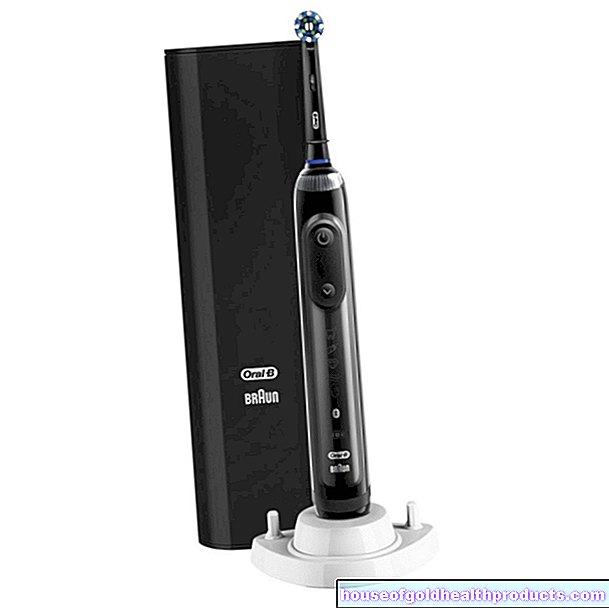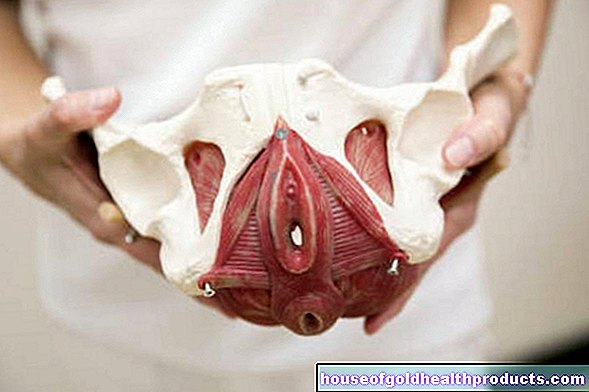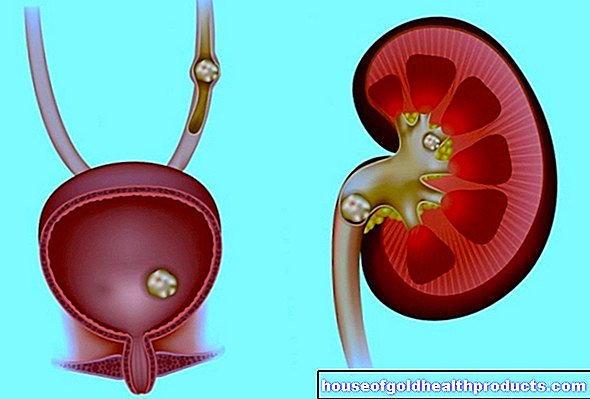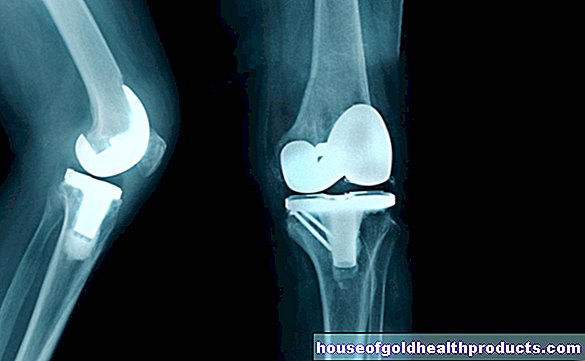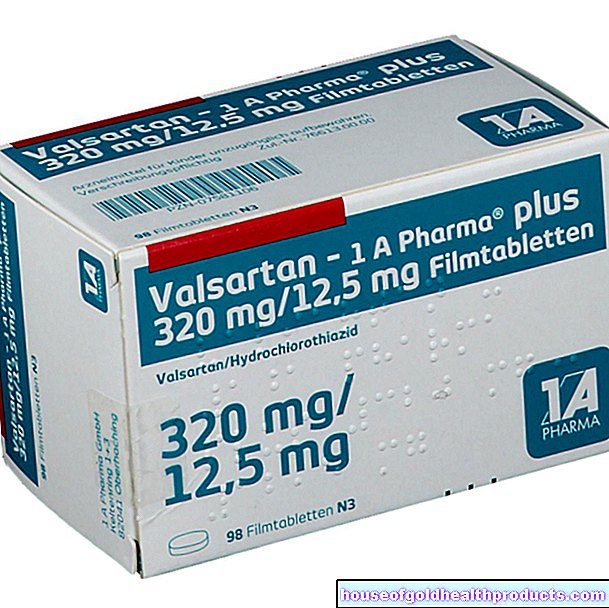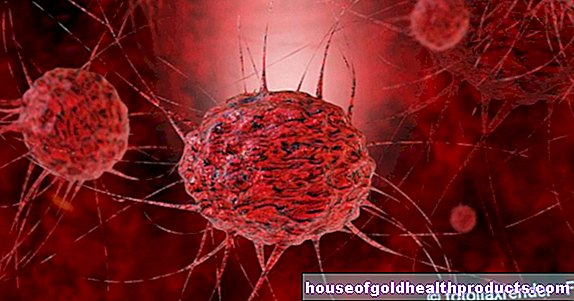Propolis
Updated onBenjamin Clanner-Engelshofen is a freelance writer in the medical department. He studied biochemistry and pharmacy in Munich and Cambridge / Boston (USA) and noticed early on that he particularly enjoyed the interface between medicine and science. That is why he went on to study human medicine.
More about the experts All content is checked by medical journalists.The active ingredient mixture propolis is a bee product and is also called bee putty resin. It is one of the best-known natural products used in folk and alternative medicine. Its use has already been described in ancient Egypt for the embalming of mummies. In ancient times, too, it was a popular means of treating wounds because it inhibited the growth of various pathogens. Here you can read everything you need to know about propolis.
This is how propolis works
Propolis is a natural product that has anti-inflammatory, antimicrobial and wound healing effects.
It is produced by honey bees and used as a resinous building material to seal and maintain the beehive. The main components are resins from various trees, pollen, waxes, essential oils and salivary secretions. Sugar, vitamins, minerals and protein building blocks (amino acids) are also contained in small amounts.
All in all, propolis consists of over 300 different chemical compounds. The exact composition varies depending on the location of the beehive, the region, the season and the range of plants. This can already be seen in the varying color of the substance mixture (yellow-brown to dark brown or even greenish), which makes it difficult to clearly prove its effectiveness.
The fact that propolis has an antimicrobial effect has an important benefit for the bees: Compared to the surroundings, the beehive has higher temperatures, increased humidity and a rich supply of nutrients - the ideal basis for the reproduction of bacteria, fungi, viruses and parasites. A growth-inhibiting effect on these organisms has been scientifically proven for various types of propolis.
Propolis effect
The composition of the multi-substance mixture propolis has a decisive influence on its effect. Studies show the following effects, among other things, for components of the bee product:
- antibiotic effect against various pathogenic bacteria such as Staphylococcus aureus and Salmonella enteritidis
- anti-inflammatory, wound healing promoting and immune system-influencing effect
- antioxidant effect, i.e. protection against free radicals (aggressive oxygen compounds that can damage cell structures)
- antidepressant effect
The authors of the various studies usually also describe the origin of the propolis sample examined in each case. This makes it clear again that the composition of the bee product is decisive for its effect.
When is propolis used?
Preparations with this bee product are not used as medication, but either as a cosmetic (propolis ointment, propolis cream, propolis spray), as a dietary supplement (propolis capsules, propolis powder, propolis solution) or as homeopathics (such as propolis tincture , also propolis mother tincture, propolis drops).
No actual areas of application (indications) are given for them - this is only prescribed for drugs. The manufacturers refer to the effects described for the bee product or its components, but mostly without specifying the origin of the propolis contained in the respective preparation.
This is how propolis is used
Propolis ointment, cream and spray are available for use on the skin (usually to promote wound healing). It can be used several times a day. However, the preparations should not be applied to open wounds.
The products for ingestion such as propolis capsules, powder and solution are in most cases declared as dietary supplements. Depending on the propolis dosage, the intake takes place differently.
With these dosage forms, the antioxidant effect and the general health-promoting effect are in the foreground, which, however, have not yet been proven in studies on humans.
The homeopathic preparations (potentized propolis tincture, mother tincture, drops, dilutions and globules) are the only branch with medicinal status due to the way they are manufactured. As with almost all homeopathic preparations, however, these are commercially available without any indication and are used individually according to the respective clinical picture.
Please note that the application and dosage differ greatly between the individual products.
What are the side effects of propolis?
The Federal Institute for Risk Assessment (BfR) describes allergy reactions in general for products with propolis and specifically contact allergies for products for use on the skin.
As a natural product made by bees, people with a known allergy to bee or wasp stings or with allergies to honey and royal jelly are particularly affected by this. The contact allergy manifests itself in the form of reddening of the skin, swelling and itchy rashes.
What should be considered when taking propolis?
Due to insufficient research, pregnant women should not take propolis. It should also be avoided if possible during breastfeeding. A small-area external application, for example to promote wound healing, is possible, however.
People who are known to be highly allergic should consume the bee product with caution.
How to get drugs with propolis
The products declared as cosmetic or dietary supplements are not pharmacy-only.
Homeopathics, on the other hand, have the status of medicinal products under German drug law - they can therefore only be bought in pharmacies. The preparations are available without a prescription in every potentiation. This also applies to the mother tincture.
Since when is propolis known?
In ancient times, propolis was probably a popular disinfectant (antiseptic) and all-round remedy due to the lack of alternatives. In recent history, the bee product has been somewhat forgotten.
It was only with modern scientific methods that it was possible to examine and identify propolis and, above all, its components that determine its effectiveness. Studies have characterized more than 300 different substances in individual samples, which contribute to the individuality of each propolis product depending on the type and proportion.
Tags: menopause medicinal herbal home remedies eyes